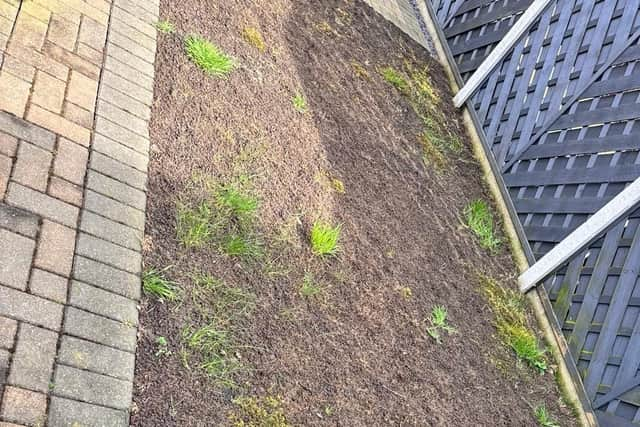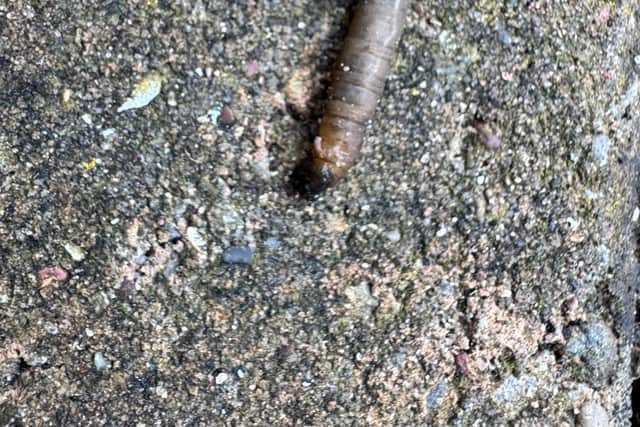Leatherjackets: Yorkshire man gets home from holiday to find his lawn has disappeared - after being eaten by larvae
The homeowner, who lives in north Hull, was mystified to discover that the lawn, which he'd had turfed a couple of years previously, had been stripped back to bare soil with just the odd tuft of grass.
He'd been away for over a month and first thought it might have been the constant downpours damaging the grass, but after a bit of research came across leatherjackets.
Advertisement
Hide AdAdvertisement
Hide AdThe larvae of crane fly, commonly known as daddy long legs, can destroy lawns given the right conditions.


Sure enough when he looked closer he noticed lots of small, tubular worm-like greyish creature crawling around.
His neighbours weren't affected, and it looks like the wee beasties have been helped by the exceptionally wet and mild winter, as damp conditions favour survival of eggs and larvae.
He now faces having to dig all the soil out - and plans putting down artificial grass in future. In the meantime the only thing to benefit is a blackbird, which has been dining out on the larvae.
Advertisement
Hide AdAdvertisement
Hide AdHe said: "When I came back from holiday the lawn had gone. Everybody was saying it had been raining and I though there'd been too much water - but after doing a bit of research I saw these nasty little things.


"They were crawling out on the path.
"There are lots of little worm casts all over - I'm using the term loosely - but they have obviously eaten all the food. There are probably thousands of them.
"It's been a perfect environment for them - wet and warm.
"I'm not an expert on crane fly larvae but I'd have thought they will be hatching at some point.


"It looks like I'm going to have to get rid of six to eight inches of soil - then I'm going to put artificial grass down."
Advertisement
Hide AdAdvertisement
Hide AdThe Royal Horticultural Society says there are several species of leatherjackets that feed on the roots and stem bases of lawn grasses and other plants.
Most species feed on decaying organic matter and are a part of a healthy garden.
However the RHS says mild winters allow the young larvae to continue feeding and they can be large enough to cause lawn problems by late winter.
The RHS recommends trying nematodes which kill pests without using harmful chemicals.
Comment Guidelines
National World encourages reader discussion on our stories. User feedback, insights and back-and-forth exchanges add a rich layer of context to reporting. Please review our Community Guidelines before commenting.
